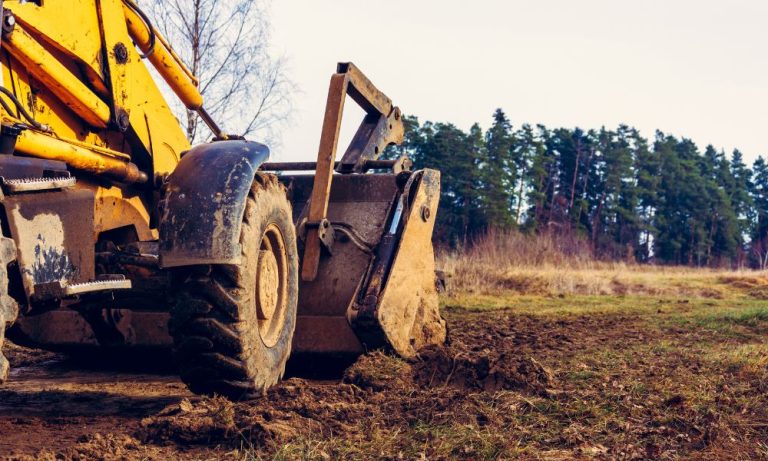
The modern supply chain is evolving fast. Every link in the chain now relies on smarter tools and precise data. Traditional planning no longer meets the speed of global trade. Automation and AI are now shaping a new era of efficiency. Each process for supply chain improvement demands innovation and insight. Companies that adapt gain a clear advantage. Each task becomes faster and more accurate. The result is greater flexibility and fewer delays. Every small upgrade builds stronger networks and stronger partnerships. Today efficiency and intelligence define success.
Table of Contents
Smart Automation for Greater Efficiency
Automation is now a vital part of every supply chain. Machines handle repetitive work better than people. They reduce wasted effort and lower costs. Warehouses now use guided systems for moving goods. Automated scanners track items and record updates. Processes flow without long interruptions or confusion. Automation also improves safety in busy spaces. Workers can focus on complex tasks and planning. Managers gain clear views of what happens every moment. Continuous operation keeps supply chains responsive and steady. Efficiency grows with each new connected tool.
Artificial Intelligence in Planning and Decision Making
AI transforms how supply chains plan and decide. It looks at huge sets of data with speed. It predicts demand and detects hidden patterns. It also helps with routing and transport design. AI engines learn from every new event. They create models that guide future actions.
Machine Learning for Forecasting and Optimization
Machine learning builds on AI with deeper learning power. It studies every shipment and every sale result. Then it improves predictions for future supply needs. The system analyzes trends and season shifts. It suggests accurate targets for ordering and storage. Machine learning also optimizes production timing and routes. It identifies weak points before they cause harm. Systems learn dynamically and refine their logic. Over time results grow more stable and precise. Teams see potential issues ahead of time. Every insight drives smarter coordination and better resource use.
Challenges and Strategic Considerations
Innovation always brings new puzzles to solve. Companies face high setup costs and skill gaps. Data privacy is also a major concern. Teams must train to use each new system well. They must ensure accuracy and ethical data use. Integration with older systems can slow progress. Patience and careful planning reduce these risks. Clear communication across departments keeps projects steady. Leadership support ensures collaboration and trust. Each problem becomes a chance to grow stronger. Early challenges become long term strengths in operation.
Conclusion
Supply chains are no longer slow and reactive. Automation robotics AI and machine learning now drive them forward. They change every process and every outcome. Speed meets intelligence at every step. Data leads to better choices and smoother operation. Companies that explore these tools grow agile and resilient. Every improvement shapes a smarter global network. The future of logistics depends on innovation and continuous learning. The journey beyond basics begins with bold action and open minds.









